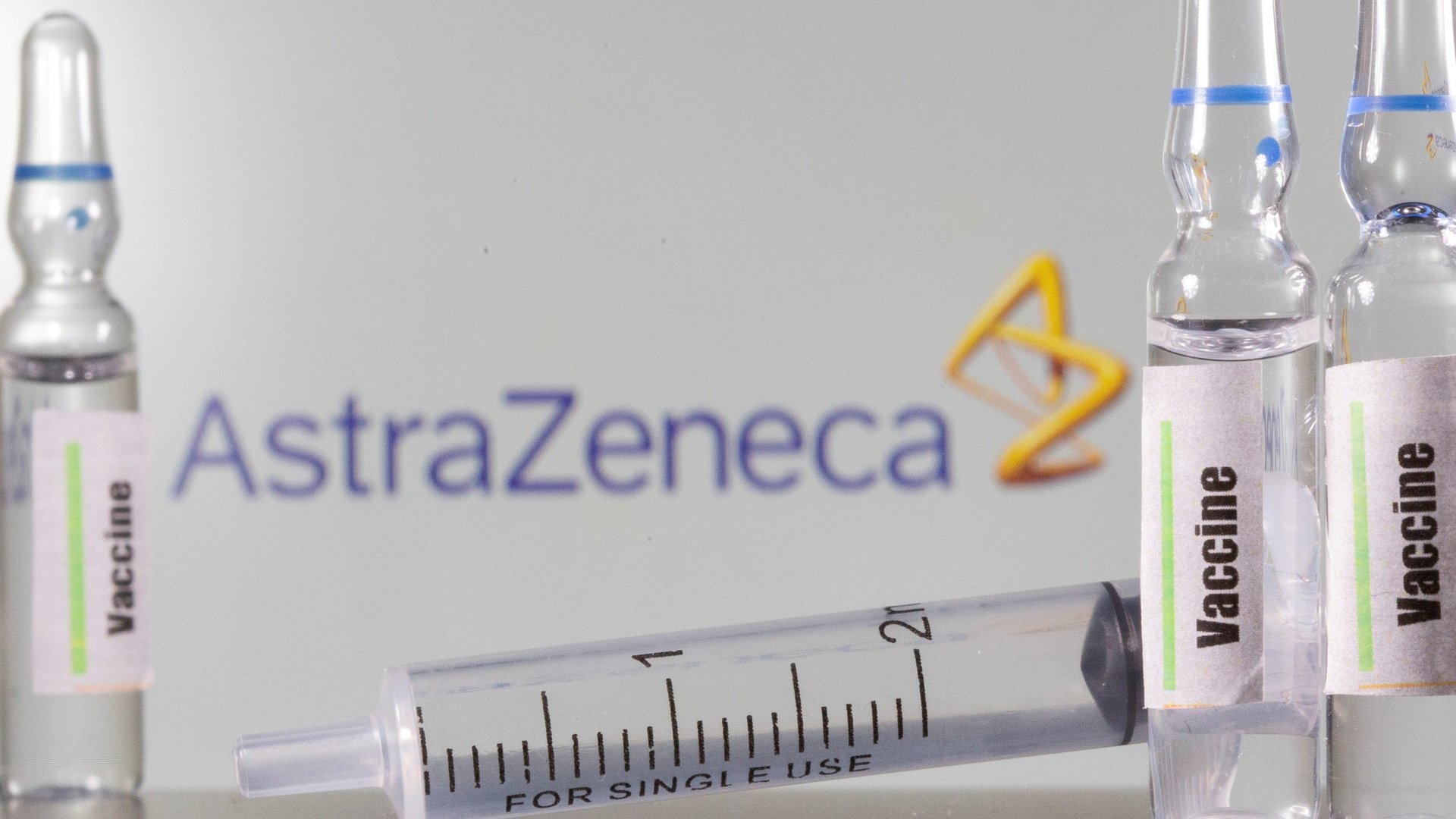AstraZeneca is developing what may be the most widely accessible Covid-19 vaccine
AstraZeneca and the University of Oxford are still in the race to bring the first Covid-19 vaccine to market.


AstraZeneca and the University of Oxford are still in the race to bring the first Covid-19 vaccine to market.
The UK-based drug company announced today its vaccine candidate, developed in partnership with Oxford, is roughly 70% effective at preventing Covid-19 infection two weeks or more after the second dose, with limited side effects. The vaccine candidate is the third with preliminary data from clinical trials, trailing candidates from Pfizer/BioNTech and Moderna.
So far, 131 out of nearly 14,000 enrolled participants have developed Covid-19, though none of the cases have been serious, and AstraZeneca says that it is planning on filing for regulatory authorization and peer-reviewed publication imminently, even as the trials continue, until they have 60,000 global participants enrolled.
Although the efficacy results are less than the vaccine candidates from Pfizer and Moderna—both of which have reported efficacy of 90% or better—AstraZeneca’s candidate has something the other candidates don’t: The ability to be shipped and stored with infrastructure that already exists across the globe.
AstraZeneca’s vaccine needs to be stored at 2°C to 8°C (36°F to 46°F), which is well in the range of normal refrigerators. “It can be distributed around the world using the normal immunization distribution system,” Andrew Pollard, chief investigator for the trial, said during a news conference. “And so our goal…to make sure that we have a vaccine that was accessible everywhere, I think we’ve actually managed to do that.”
Both Pfizer and Moderna’s vaccine candidates require specialized, ultra-cold freezers that can store vaccines at -70°C (-94°F) and -20°C (-4° F), respectively. Already, public health officials are concerned that these freezers may not be accessible to rural areas and poorer countries. The specialized equipment is necessary because of the nature of their vaccine: Both use a messenger RNA (mRNA) to instruct the body to make its own models of SARS-CoV-2’s spike protein, a hallmark of the virus’ structure, which triggers B-cells to make antibodies against it. This mRNA, which is delivered in lipid nanoparticles, needs to stay extra cold to keep its integrity. Drug makers have never brought an mRNA vaccine to market, in part because it was so challenging to figure out how to effectively deliver it to the body.
AstraZeneca’s candidate, however, uses a tried and true vaccine platform called a viral vector. In this case, it uses a weakened version of an adenovirus, which causes a common cold in chimpanzees. This virus can’t make humans sick, nor can it even replicate in the body. Instead of its usual viral genetic material, scientists have replaced it with the genetic material for the same SARS-CoV-2 spike protein as the mRNA vaccine candidates. Our cells go ahead and replicate the spike protein, which then kicks our B-cells into action making antibodies. So far, there are already vaccines for Ebola, tuberculosis, and MERS that use this same platform.
In addition to being easier to store, AstraZeneca’s vaccine should also be cheaper. The company has stated that its vaccine should cost roughly $6 to $8 for both doses, compared to about $40 for Pfizer’s and $50 for Moderna’s, according to the Guardian. It plans to produce some 3 billion doses of the vaccine in 2021.